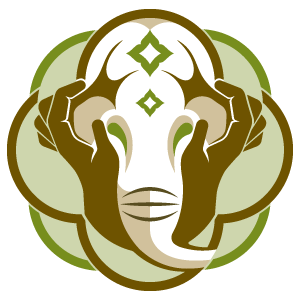Since 2021, AES has supported a project to set up a community power fence for farmers living adjacent to Bandipur National Park in India. This project was implemented by the Wildlife Conservation Foundation.
Battery pack and fencing to protect farm crops
This farming community near Bandipur National Park is now able to successfully harvest their crops because elephants in the area no longer raid due to the fencing. Helping local communities protect their crops develops increased tolerance of wildlife. Since this project started, there have been no elephant deaths due to electrocution and no human deaths due to elephants reported.
Beneficiaries of the community fencing
Due to the success of this project and commitment of the local communities, another round of funding for this project was recently approved. Thanks to the efforts of the Wildlife Conservation Foundation and your support farmers in Bandipur, India are finding better ways to coexist with elephants.











































